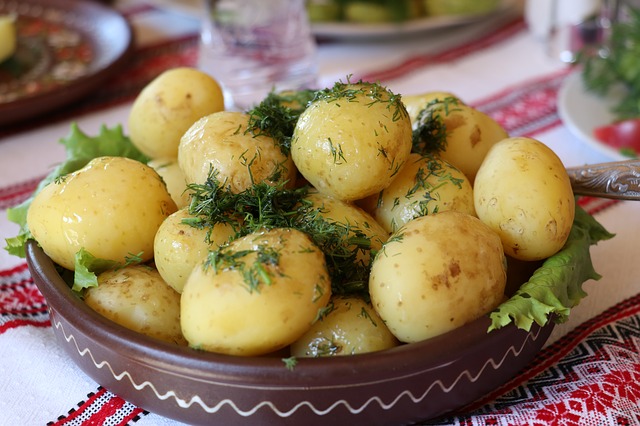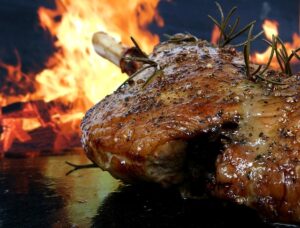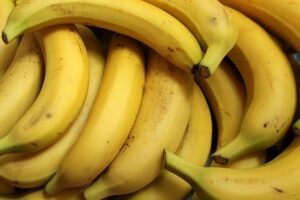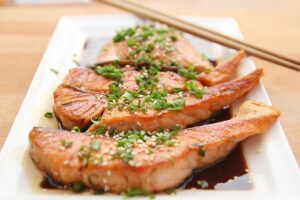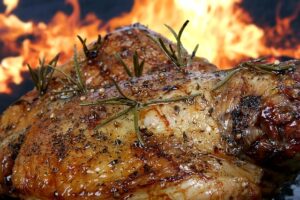Introduction
When protein fibers radiate from centrioles, they form a specific structure known as the centrosome. The centrosome plays a crucial role in cell division, as it serves as the main microtubule organizing center (MTOC) in animal cells. This article will explore the structure and functions of the centrosome in more detail.
The Centrosome: Structure and Components
The centrosome is composed of two centrioles, which are cylindrical structures made up of microtubules. Each centriole consists of nine microtubule triplets arranged in a cylindrical shape. The centrioles are positioned perpendicular to each other, with one centriole acting as the “mother” and the other as the “daughter.”
Surrounding the centrioles is a protein-rich matrix called the pericentriolar material (PCM). The PCM contains various proteins, including the γ-tubulin ring complexes (γ-TuRCs), which are responsible for nucleating microtubule growth.
Functions of the Centrosome
1. Microtubule Organization: The primary function of the centrosome is to organize and nucleate microtubules. Microtubules are dynamic protein filaments that form the cytoskeleton of the cell. The centrosome acts as the main MTOC, providing a platform for microtubule growth and organization.
2. Cell Division: During cell division, the centrosome plays a crucial role in the formation of the mitotic spindle, which is responsible for separating the duplicated chromosomes. The centrosomes duplicate during the cell cycle, and each daughter cell receives one centrosome. The duplicated centrosomes migrate to opposite ends of the cell, forming the poles of the mitotic spindle.
3. Cell Motility: The centrosome is also involved in cell motility. It serves as a microtubule-organizing center for the formation of the cell’s primary cilium, a hair-like structure that plays a role in cell signaling and sensory functions. Additionally, the centrosome is involved in the organization of microtubules in structures like the flagella and cilia found in certain cells.
4. Cellular Organization: The centrosome contributes to the overall organization and spatial arrangement of organelles within the cell. It helps position the nucleus and other cellular components, ensuring proper cell architecture and function.
Conclusion
In summary, when protein fibers radiate from centrioles, they form the centrosome. The centrosome is a crucial structure involved in microtubule organization, cell division, cell motility, and cellular organization. Its components, including the centrioles and pericentriolar material, work together to ensure proper cell function and division.
References
– Alberts, B., Johnson, A., Lewis, J., Raff, M., Roberts, K., & Walter, P. (2002). Molecular Biology of the Cell. 4th edition. Garland Science.
– Nigg, E. A., & Stearns, T. (2011). The centrosome cycle: Centriole biogenesis, duplication and inherent asymmetries. Nature Cell Biology, 13(10), 1154–1160.

